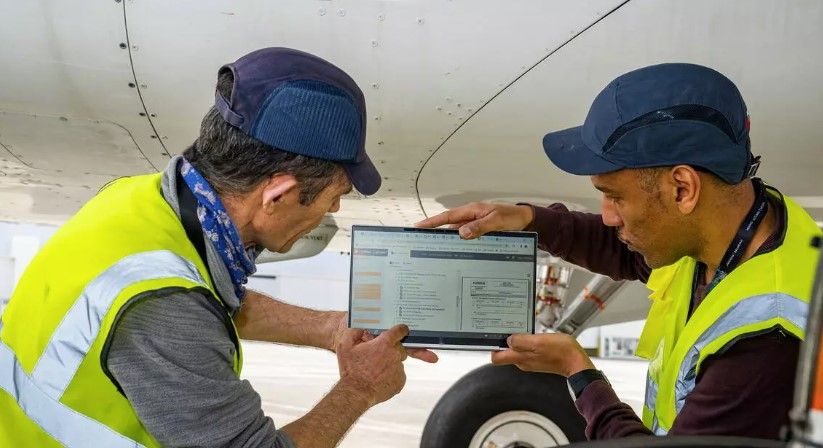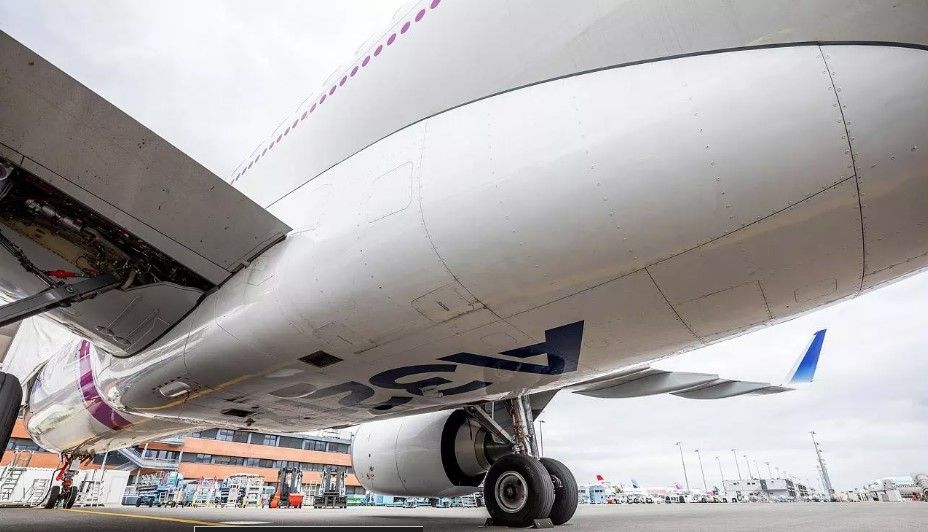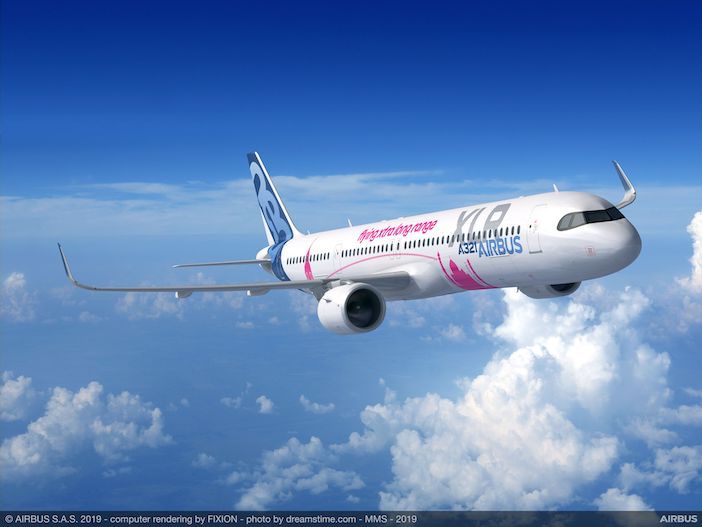Airbus is in the final stages of certification and flight testing for the A321XLR, its extra-long-range version of the A320neo, which is due to enter into service by October this year.
Preparations are ongoing to ensure that the first operators will have all the technical documentation, strategic spares and on-site expert support – to enable smooth initial operations with the single-aisle airliner.
Compiling technical documentation
One of the biggest challenges for the Type Certification and entry-into-service (EIS) of any new aircraft off the production line – and now for the A321XLR – is for its
As the A321XLR’s manufacturer, Airbus must provide a full set of accompanying documents known as the “Instructions for Continued Airworthiness” (ICAs) for Type Certification and entry-into-service (EIS). These documents ensure that airworthiness is maintained throughout each aircraft’s operational life and form the basis for the operators’ approved maintenance data.
Airframe ICAs typically provide information about mandatory and recommended overhaul periods. ICAs often list the required special tools – and may also include instructions on how to use the tooling.
Another key part is the maintenance procedures, for example the removal/installation of parts and equipment. There are also engine ICAs which include overhaul instructions – for which the respective engine OEM is responsible.
Even maintenance tasks scheduled for many years ahead must be incorporated into the ICA.
Airworthiness regulations require 100% of the ICAs to be completed at EIS, for each aircraft delivery. For the A321XLR these have to be submitted by a fixed deadline in the summer of 2024.

New A321 design elements
As a derivative aircraft, many of the A321XLR’s parts are shared with other aircraft, and this carries over to the associated processes and procedures contained in the ICAs. However, there are differences that require new ICA documentation.
Design changes introduced with the A321XLR to enhance its long-range capabilities include: new main landing gears, new wing flaps, the new integrated long-range rear centre fuel tank (RCT) requiring a new fuel system, a new high-capacity water and waste system; a new extended belly-fairing, and higher maximum take-off weight.
All of these will involve changes to their related ICAs.
New belly fairing
The A321XLR’s new extended belly fairing design was introduced following input from airworthiness authorities to increase protection to the RCT in specific crash scenarios – such as a belly landing.
The structural repair manual (SRM) coverage for this new part is being updated to reflect its new protective function, and which in turn is part of a new ICA for the A321XLR.
On the regular A321neo version operators can repair the belly fairing autonomously almost as they would on the rest of the single-aisle fleet, following the guidance in the SRM.

However, on the A321XLR, the belly fairing has a safety-related function, limiting its potential reparability versus the A321neo –sections of the belly fairing must be replaced rather than repaired in the event of damage.
Part of the maturity teams’ objective is to anticipate all of this and to take necessary action to allow the safe dispatch of the aircraft in various configurations. That needs to be reflected in the SRM with repair procedures, or as a minimum, the amount of allowable damage.
For the latter, pre-defined solutions can be adapted and implemented on a case-by-case basis by engineers to allow the safe dispatch and operation of the customer’s aircraft.
Where replacements are needed, Airbus’ services organisations are stocking pre-emptive spares and tooling at various locations, or as a final recourse, parts can be obtained from the final assembly line (FAL) or supply chain.
In addition to preparing all the technical documentation and strategic spares support, Airbus also prepares teams of technical specialists in advance of entry into service to be placed in-situ within each launch operator for a period of around six months.
That person acts as the airline’s dedicated entry-point into Airbus’ support organisation and accesses all the necessary technical expertise from the program’s former design maturity activities, as well as feedback from the year-long flight-test campaigns.





